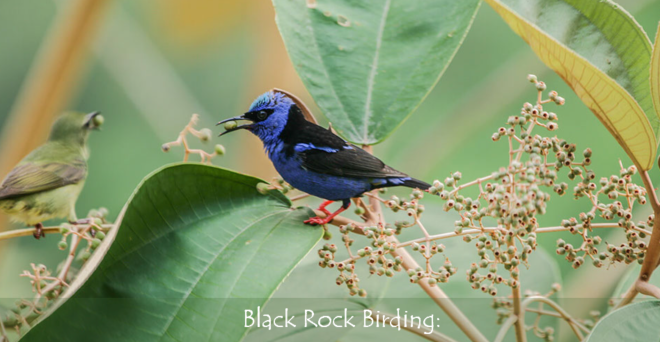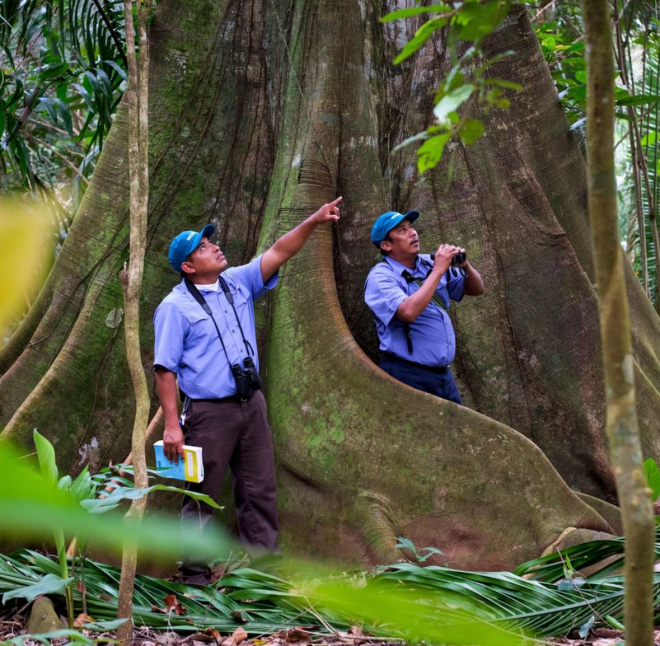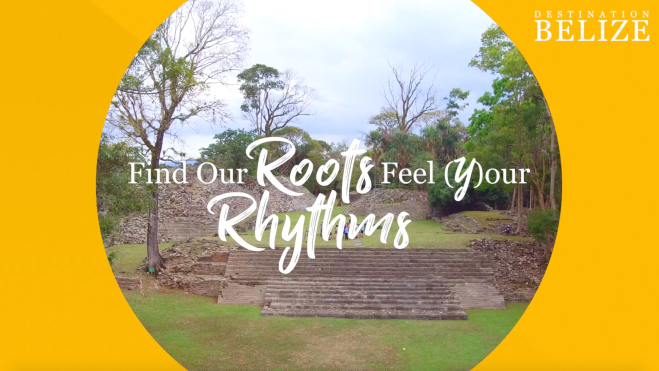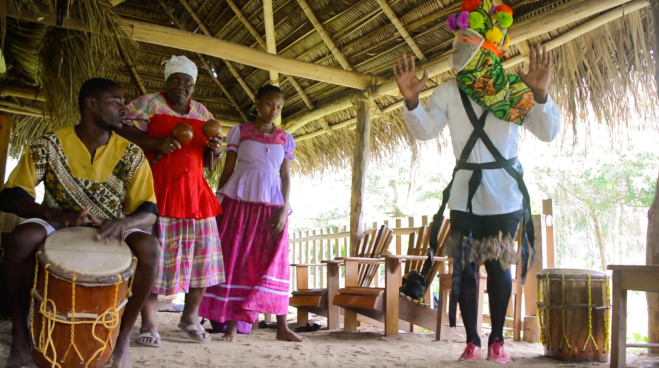Corozal Town, the northernmost urban center in Belize, is a scenic and peaceful town nestled along the waters of Corozal Bay.

Corozal shares a strong historical connection with our Mexican neighbors, and is the birthplace and home of the Mestizos (Maya and Spaniard culture). Today, the district encompasses a diverse population of ethnic backgrounds that have blended to give the people a distinctively relaxed outlook on life, making Corozal a tranquil paradise. The warm and welcoming locals makes this haven the perfect getaway destination.
Located 89 miles north of Belize City and only 7 miles from the Mexican border, the town has a population of almost 10,000. Corozal is a haven for retirees from Europe and North America, but don’t feel like you have to take things slow here. Travelers and retirees love it here because Corozal is off the tourist track and, with everything from sport fishing to ancient Maya Temples to the Shipstern Nature Reserve, there’s plenty to do. There’s even a waterslide, if you’re into that.
The Masks of Cerros will amaze.
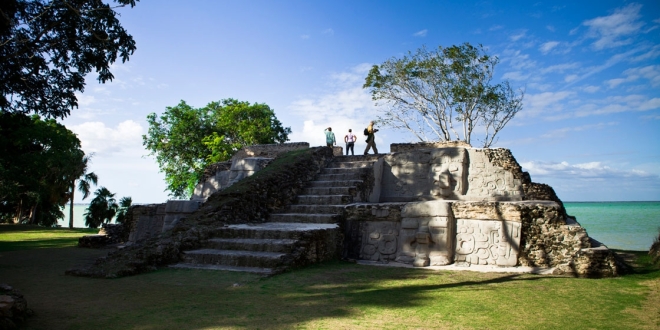
Take a short boat ride across the Corozal Bay to Cerros or an adventurous trip by road. As the only Maya site in Belize situated on the coast, Cerros is located on a northern peninsula in the Bay of Chetumal, across from Corozal Town.
Cerro Maya was the first Maya trading center built along the seaside in 50 B.C. Maya traders arrived by canoe from the coast through the Bay of Chetumal, as well as from upriver on the Rio Hondo in the north and the New River to the south.
Three (3) large buildings dominate several plazas flanked by pyramids. While two (2) of these structures are facades adorned with stucco masks, the masks has since been covered to protect them from erosion. With the tallest structure rising 72 feet above the plaza, the panoramic view atop offers the Bay of Chetumal, Corozal Town and the mouth of the New River, which leads to the Lamanai temples.
The Maya living here also built an extensive canal system and utilized raised-field agriculture. It’s truly a sight to see.
The most famous building at Cerros is a temple designed as Str. 5C2nd. The structure is decorated with two (2) pairs of large painted stucco masks that flank the central stairway. The lower eastern mask represented the rising sun. It’s western counterpart was the setting sun. The upper eastern mask was Venus as the morning star and, to the west, Venus as the evening star. One theory holds that when the site’s ruler conducted rituals on the temple, he was symbolically placed at the center of the cosmos as a demonstration of his power and right to rule. The Preclassic dates of the masks on Str. 5C2nd are great examples of the early achievements of ancient Maya astronomy and the complexity of their religion and cosmology.
Did-You-Know?
Ancient canals used for water management and flood control encircle the site core. Global warming, in the form of rising sea levels, has been affecting the site. Several mounds are now under water along the northern coastline.
https://www.travelbelize.org/destinations/northern-belize/corozal
http://www.destinationbelize.com

